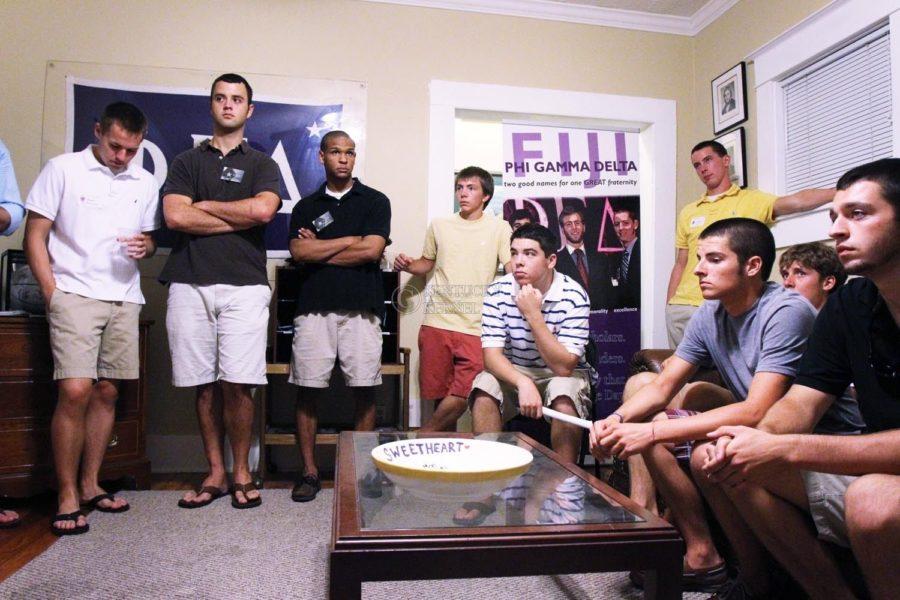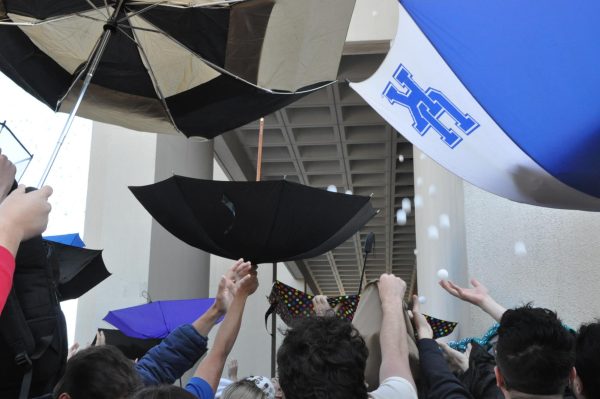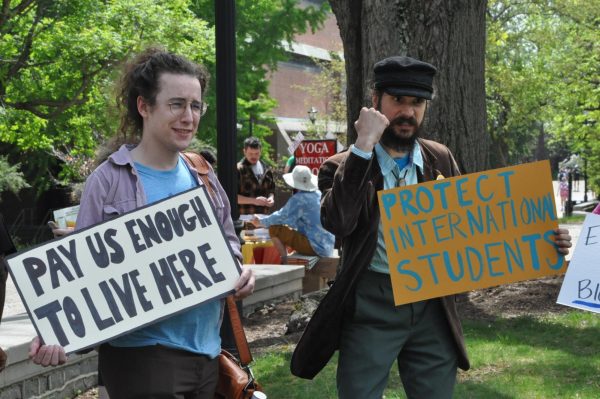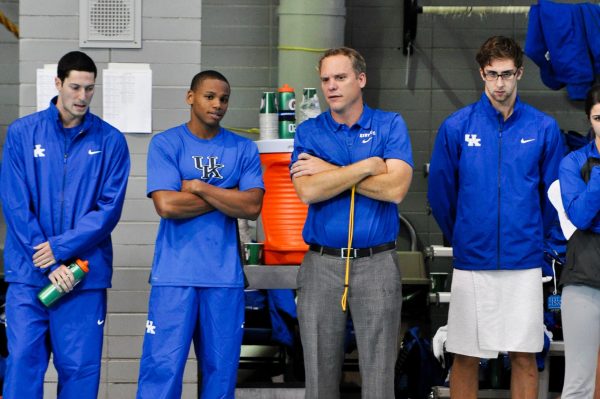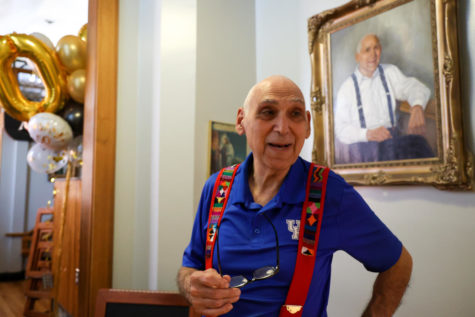Men’s rush changes prove beneficial
August 29, 2010
Days before classes started, Whitehall Classroom Building was already full. Hundreds of young men found seats in the auditoriums, waiting to learn about brotherhood, leadership and character. The speaker turned to the crowd and began.
“Welcome to rush, everybody.”
Among the seated men was Daniel Carson, a political science freshman. For him, rush was critical.
“I’m from Connecticut,” he said. “I don’t know anybody, so getting to know people would be helpful.”
Carson and his classmates sitting around him were the first to test the new fraternity rush system, featuring two “preview nights,” where groups of potential pledges toured all 18 of UK’s rush-eligible fraternities.
The “preview nights” were about 15 to 17 minutes each, said Interfraternity Council President Kelsie Willett.
“The fraternities have an opportunity to sell themselves and tell them what makes them different than the other 18 fraternities on campus,” Willett said.
Willett said disappointing retention rates prompted the change.
“If you look at national research, generally, 70 percent of people are on the fence if they want to join,” Willett said. “We were looking for a way to better reach that 70 percent.”
After the short presentation, the men were divided into groups.
Carson ended up in group 15. The group consisted of more than 20 men and their group leader, the Gamma Guy.
The first afternoon, the group walked to half of the fraternity houses and listened to presentations.
“I think the previews were good,” Carson said. “A lot of fraternities get promoted by what people say. This gives you a chance for them to tell you what they stand for.”
Willett said the idea for the preview nights came from Florida State University, which has a similar policy that includes the traditional “open house” alongside a more formal recruitment method. IFC spoke with many universities in the South, and they all had implemented similar policies, Willett said.
Given the positive opportunities, Carson said the previews were pretty much what he expected, and most were about fraternities’ histories.
Willett said not to expect anything more formal during his time as IFC president. He said formality similar to sorority recruitment would be difficult, because men don’t move in early, and the number of men rushing is a fraction of the number of women.
Willett said IFC’s goal was to get 300 to 400 men to recruitment. More than 900 women participated in sorority rush this fall.
“The logistics of sorority recruitment is pretty vast, and they have spent a long time perfecting that,” he said. “We are certainly not going to jump into that during my time here.”
Because of the voluntary nature of fraternity rush, group 15 ended the second preview night with only six of the original 23 potential pledges.
“A lot of guys didn’t know what to expect on preview night, realized it was just 15 minute presentations and then decided not to come back,” Phi Sigma Kappa fraternity member Alex Kingsbury said. “Or they found the house and fraternity that they liked and didn’t need to come back.”
Although participants were scarce at the second preview night, Kingsbury said he liked the new addition to rush.
“I think it was definitely beneficial,” Kingsbury said. “A lot of guys saw us on preview night and then just kept coming on throughout the rest of rush.”
Other fraternity members also found the restructured rush to be helpful.
“I think our numbers will not only increase, but we’ll be more diverse,” said Ralph Hollmeyer, agriculture economics senior and PIKE member. “We’ll just have a much more productive pledge class because of the new system.”












































































































































